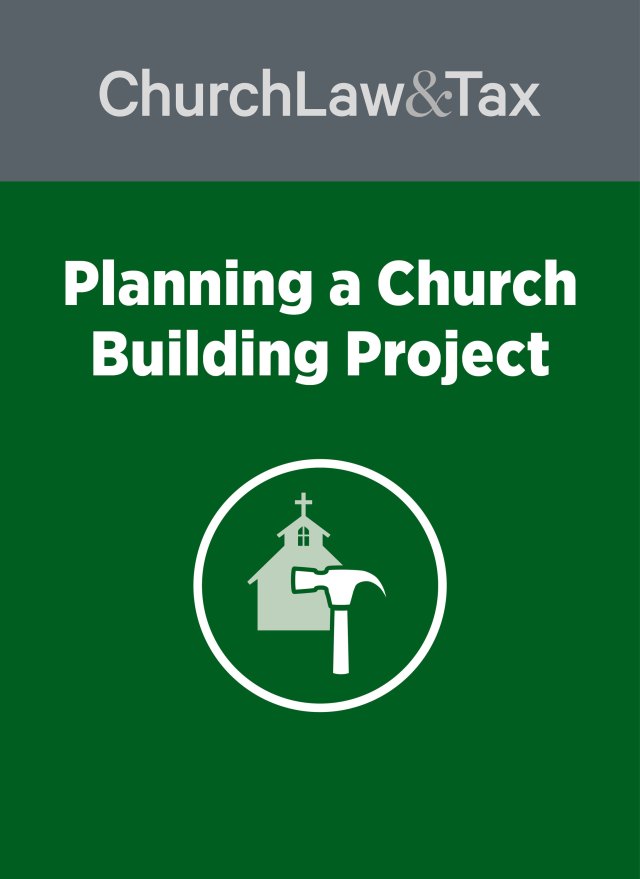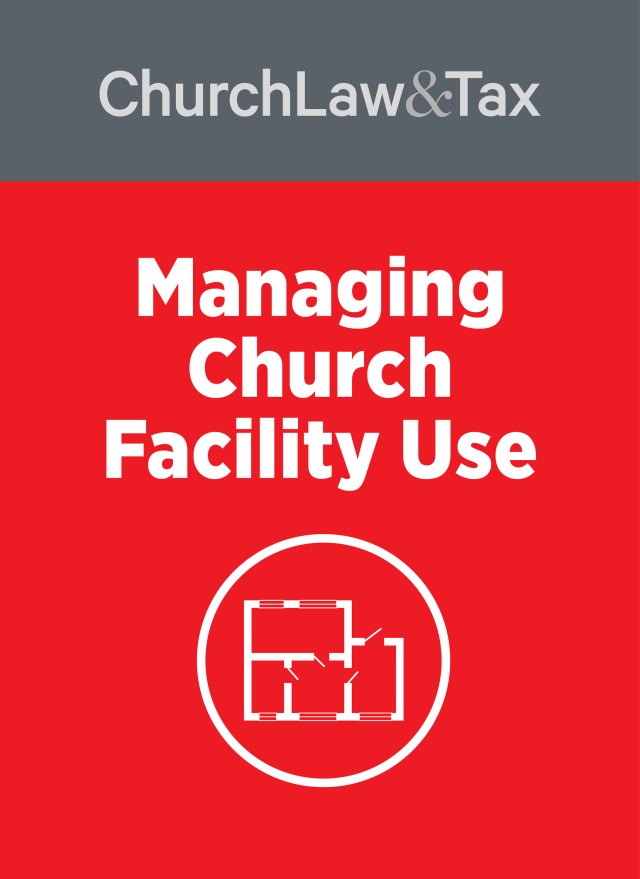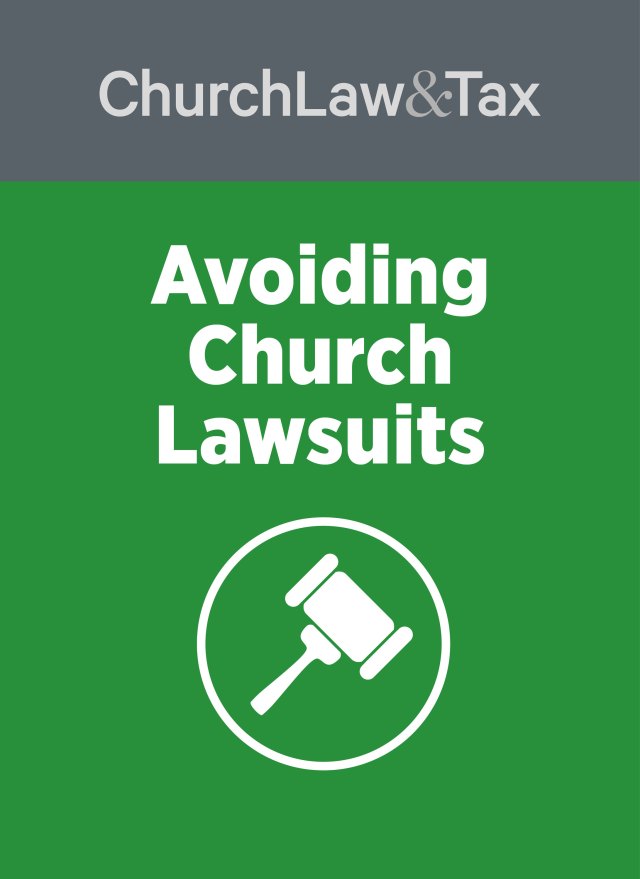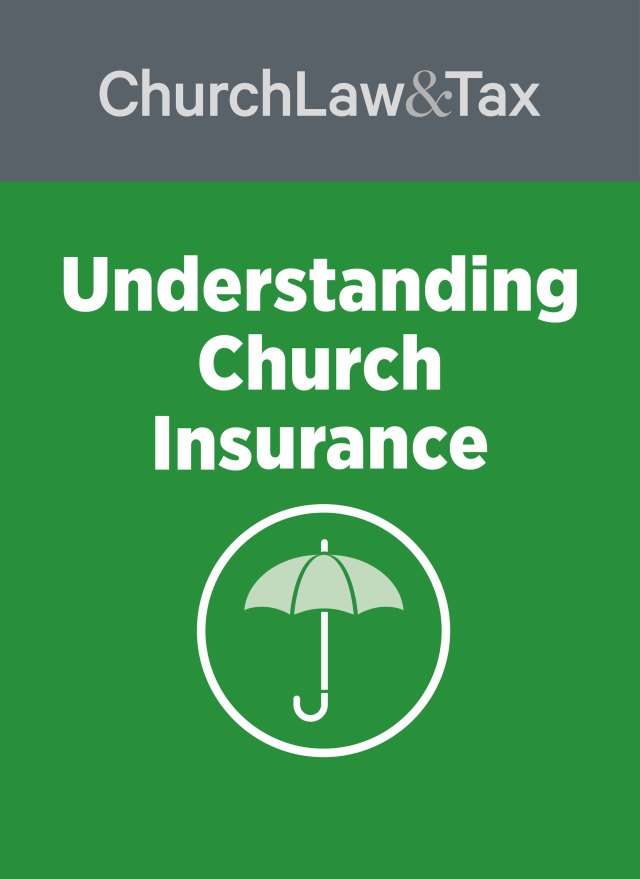• Key point 5-02.1. Local zoning laws generally allow “churches” in residential areas. The courts have struggled with applying this term to various activities and organizations other than traditional congregations meeting in a building for regular worship services.
• Key point. The federal Religious Land Use and Institutionalized Persons Act prohibits state and local governments from imposing a land use regulation in a manner that imposes a substantial burden on the exercise of religion unless the regulation is in furtherance of a compelling governmental interest and is the least restrictive means of furthering that compelling governmental interest.
* A Washington court ruled that a county zoning board did not violate the first amendment or Religious Land Use and Institutionalized Persons Act by denying a denominational headquarters the right to build a new administrative facility in an area zoned for church use but not “office buildings.” A denominational agency (“regional church”) applied for a permit to build a regional headquarters office in a county’s agricultural district. The permit application referred to the three-floor structure as an “administrative center” of approximately 40,000 square feet. The plans also called for a 2,400 square-foot sanctuary accommodating 120 people. Only building employees would use the sanctuary on a regular basis. The proposed headquarters would be used to enlarge and strengthen the church on a local as well as a global level. Churches are allowed in the agricultural area, but office buildings are not. The zoning code permitted “churches” in agricultural districts, and defined a “church” as “a permanently located building primarily used for religious worship.” Although the plans showed a 2,400 square-foot sanctuary, the zoning board denied the application, finding that the building was intended primarily for use as an office building rather than as a church. The board made its decision based on the following considerations: (1) the structure’s physical appearance; (2) the structure’s sanctuary accounted for only 2,400 square feet of the building’s 40,000 square feet; (3) the church intended to serve a five-state region, not local parishioners or a local congregation; and (4) two of the proposed structure’s three floors were devoted to business and administrative work.
The regional church appealed, claiming that the zoning board too narrowly interpreted the word “church.” The regional church argued that the term “church” should not be limited to a traditional church with a local congregation. Instead, worship must be broadly defined to include “missionary work, education, charitable giving, communication, publication, and planning and growth activities because these are a vital part of the Church’s worship program.” The regional church also pointed out that (1) a sanctuary can account for less than 25% of a church’s square footage; (2) administrative functions account for a majority of a church’s time; (3) churches consider physical fitness activity, book selling, youth outreach, potluck dinners, child and adult education, counseling, working with foreign governments and regulatory agencies, and church administration as religious activity; (4) the proposed structure was not a business office; and (5) the proposed location would make it easier for church members to get together.
An appeals court agreed with the zoning board and rejected the regional church’s appeal. It observed, “The zoning code defines a church as ‘a building primarily used for religious worship.’ On balance most of the building would consist of administrative and executive office space for employees to handle the church’s religious and financial affairs. Consistent with the dictionary definition of worship, a church is a place where ‘an act, process, or instance of expressing such veneration by performing or taking part in religious exercises or ritual’ occurs. Thus, we conclude that the [zoning board] did not err in construing the code to exclude the proposed building from a church classification because its use was not intended primarily as a place of worship.” Further, the court concluded that the zoning board did not err in rejecting the regional church’s proposed definition of worship to include any church activity that furthers its worship program, since “such a broad worship definition would allow the church to build a school, hospital, or retail store in the agricultural zone; each promotes in some sense the church’s worship program.”
The court rejected the regional church’s argument that the denial of its building permit violated the first amendment guaranty of religious freedom. It observed, “The government violates the free exercise provisions of the first amendment only if its action prevents the claimant from observing its religious tenets. Thus, the question is not whether a religious practice is inhibited, but whether religious tenets can still be observed. The church has not demonstrated that the zoning board’s action in denying a conditional use permit has or will prevent its members from observing their religious tenets.”
The court also rejected the regional church’s argument that the denial of its building permit violated the federal Religious Land Use and Institutionalized Persons Act (RLUIPA). RLUIPA states: “No government shall impose or implement a land use regulation in a manner that imposes a substantial burden on the religious exercise of a person, including a religious assembly or institution, unless the government demonstrates that imposition of the burden on that person, assembly or institution (A) is in furtherance of a compelling governmental interest; and (B) is the least restrictive means of furthering that compelling governmental interest.” RLUIPA applies when a “substantial burden is imposed in the implementation of a land use regulation or system of land use regulations, under which a government makes, or has in place formal or informal procedures or practices that permit the government to make, individualized assessments of the proposed uses for the property involved.” To show a substantial burden on the free exercise of religion, “the religious adherent must prove that the government’s action burdens the adherent’s practice of his or her religion by preventing him or her from engaging in conduct or having a religious experience that the faith mandates. Moreover, the burden must be more than an inconvenience; it must be substantial and interfere with a tenet or belief that is central to religious doctrine.” The court concluded that the regional church failed this test, “The Church faces the same problem under RLUIPA as it did under its free exercise claim. The Act requires the church to demonstrate a substantial burden to its religious practices. And this requires a showing that the zoning board’s conduct interferes with a central belief of the church’s religious doctrine. The church has not shown such an interference.” North Pacific Union Conference Association of the Seventh-Day Adventists v. Clark County, 74 P.3d 140 (Wash. App. 2003).
© Copyright 2004 by Church Law & Tax Report. All rights reserved. This publication is designed to provide accurate and authoritative information in regard to the subject matter covered. It is provided with the understanding that the publisher is not engaged in rendering legal, accounting, or other professional service. If legal advice or other expert assistance is required, the services of a competent professional person should be sought. Church Law & Tax Report, PO Box 1098, Matthews, NC 28106. Reference Code: m c0404



